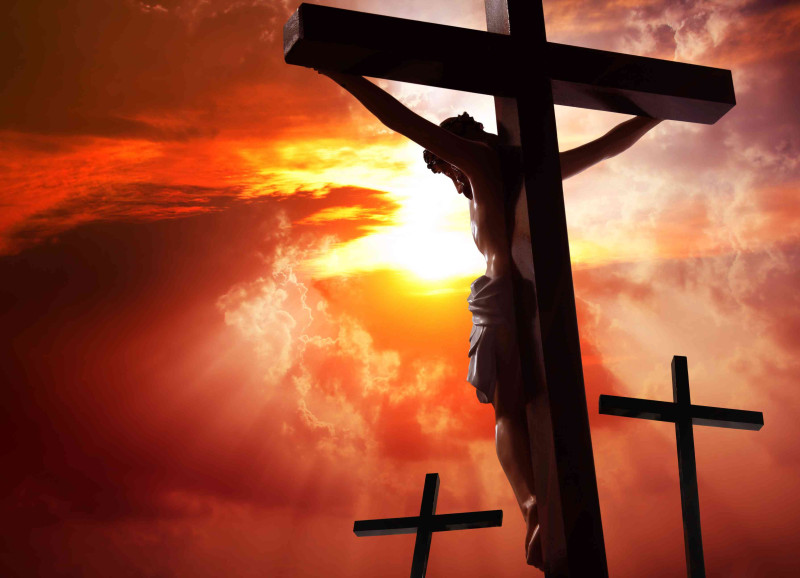Good Friday, observed April, 202, marks Jesus Christ’s crucifixion—a cornerstone of Christian faith. But why call it “good” when it commemorates suffering? The answer lies in a sacrifice that reshaped history.
Jesus’ death on the cross represents the ultimate act of atonement, where Christians believe he bore humanity’s sins[^2^]. His final words—“It is finished”—signaled the completion of a divine mission to bridge the gap between God and mankind[^2^]. The term “good” likely stems from “God’s Friday” or the holiness of the day[^9^], emphasizing redemption over tragedy.
Churches worldwide hold somber services, reflecting on Christ’s suffering, from his trial under Pontius Pilate to the brutal crucifixion[^5^]. For believers, this day isn’t just about mourning; it’s a testament to unconditional love and the promise of resurrection[^6^].
A Good Friday message centers on hope: even in darkness, Christ’s sacrifice offers a path to forgiveness and renewal[^8^]. As one of Christianity’s most sacred days, it challenges followers to embrace humility and compassion[^11^].
“By his wounds, you have been healed” (1 Peter:24) remains a rallying cry—a reminder that from death springs eternal life[^6^].


